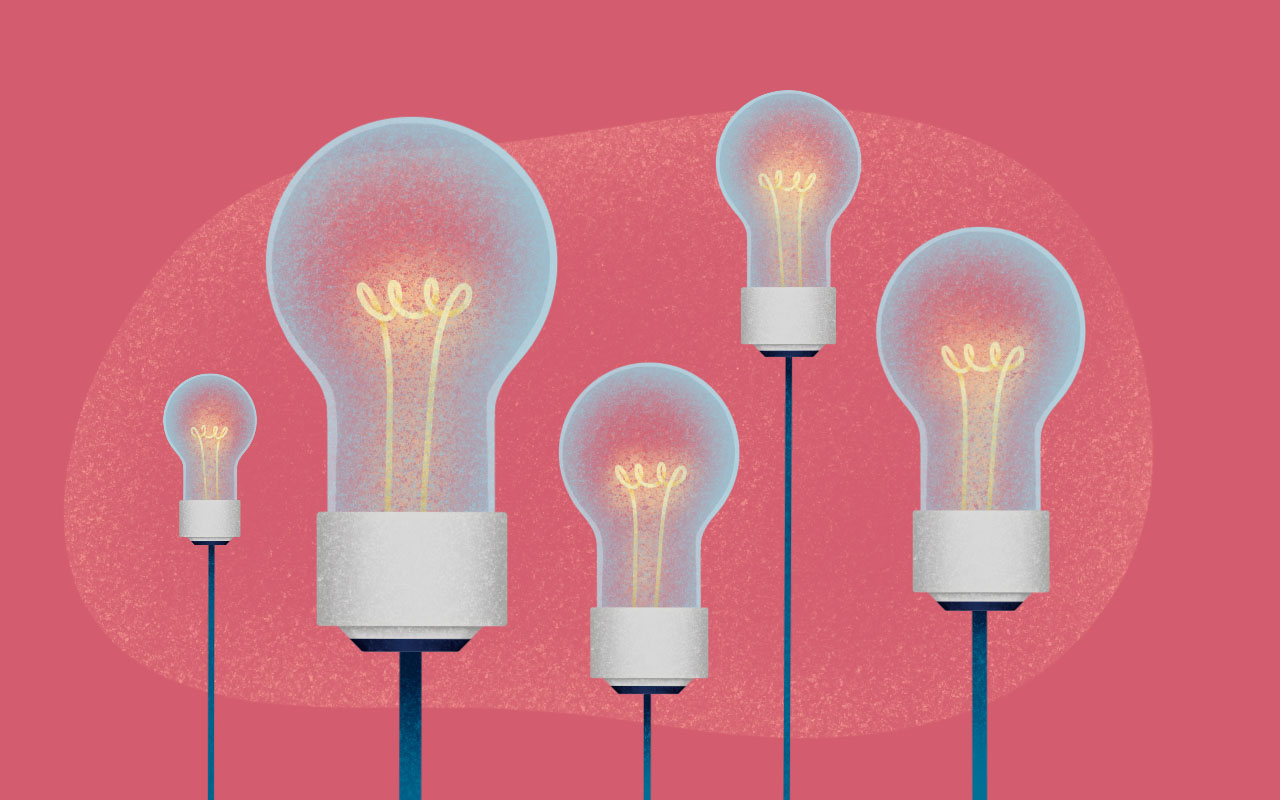Machine learning and automation have made a splash at the service desk in recent years. But the type of automation we’re talking about isn’t necessarily Tesla-level, do-it-all automation. The technology that is really taking hold is basic machine learning and automation of simple tasks.
Uses for Machine Learning and Automation at the Service Desk
Automation has many uses at the service desk, and the place machine learning and automation have the biggest benefits are in the tasks where human input offers the least value.
To start, think of the most monotonous tasks your service desk agents may be doing. These might include:
- Password resets
- File access
- Printer setup
- Account unlocks
You can automate these processes by moving them to a self-help software, and you can increase and improve access through AI technology, like a chatbot. When you do that, you are essentially shifting all of the tickets left (moving Level-1 to Level-0 support, etc.) – hence the term “Shift-Left”.
However, you can go beyond shift-left through a more complex approach to automation. This can lead to the savings of thousands or even millions, of dollars for large enterprises.
What do we mean by a more complex approach to automation? We mean creating pathways to automation that augment the human experience. The goal here isn’t to eliminate human interaction altogether, but to free up agents for problem solving in the way that only human minds can.
3 Examples of the IDEA Automation Approach
Taking the next step of automation into a more complex approach, you should consider the Gartner “IDEA” approach, which states:
“IDEA represents a step change in the way workplace infrastructure automation is performed from the traditional event, heuristics, workflow or human-triggered automation, and helps enable these more advanced forms of automation.”
IDEA stands for “Intelligence Driven Experience Automation”. In other words, this is automation that uses machine learning to enhance human knowledge and interaction with technology to problem solve. Below are three practical applications for the IDEA approach to automation.
Self-Healing IT
Self-healing IT doesn’t refer to a computer that can heal itself (despite its clever name). Rather, it refers to self-help technology that empowers and enables users to solve their own issues without ever having to involve a human service desk agent.
This type of support is reliant on a few different levels of automation. First, it relies on the simple automation technology that would enable someone to handle their own account unlock or password reset.
Next, it relies on higher level, IDEA technology that utilizes machine learning and automation together to identify the user’s hardware and software and analyze it against past problems encountered by that same user or even their team members. Then, using that data and information, the self-help technology suggests solutions to the problem and walks the user through resolution.
All of this amounts to fewer calls to the service desk so that human agents can solve the critical tickets.
Machine Learning with AIOps to Predict Downtime
Another way that IDEA can be put to work is through IT Infrastructure and Endpoint Management, or AIOps. This is not without challenges, but AIOps and machine learning can take raw data and process it to essentially predict the probability of future issues.
Of course, predictive technology is a big issue with technology’s talking heads at the moment. But something they often get wrong is that AIOps and machine learning aren’t magic and can’t really predict the future. They can, however, predict the likelihood of a problem happening in the future for a set amount of time (like predicting the weather 15 hours out).
For a little more background, according to Gartner: “IDEA represents a step change in the way workplace infrastructure automation is performed from the traditional event, heuristics, workflow or human-triggered automation, and helps enable these more advanced forms of automation.”1
The most important thing to know about AIOps is that it doesn’t eliminate the human element. Instead, it gives human agents the knowledge they need to set up additional processes, fail-safes, and other measures to prevent problems from rippling out and impacting the business as a whole. In this way, AIOps has tremendous business value.
Automated Incident and Problem Alerts
For our last example, consider how you can use automation and machine learning to take the raw data from your cloud-based ITSM tool to analyze patterns in incidents that can link them to greater problems. This means you can more easily identify potential problems and start looking for them before the user runs into something that would cause major downtime.
At its core, this is similar technology to that involved in self-healing. It takes raw data, possibly including hundreds of thousands of interactions analyzed through years of ticketing, and works to identify trends between users, software, hardware, incidents, and greater problems. Then, using these trends, it can alert the service desk of a potential problem developing using the linked incidents so that they can react quickly to reduce unplanned downtime.
It’s worth noting that this type of technology is relatively new and still developing and changing on a daily basis.
Conclusion
Automation, especially when paired with machine learning, has its place at the service desk. But, as many times as we talk about the uses of automation, it’s important to remember that this is nothing without the right humans to use it. Automation should power, and empower, human agents and help them create a customer-centric experience.
To learn how EasyVista can help you unlock the power of automation, get a demo today.
1 Gartner, Enhance Digital Workplace Operation with Machine Learning and Automation, Downes, Stuart; Wilson, Dan; 3 March 2021


